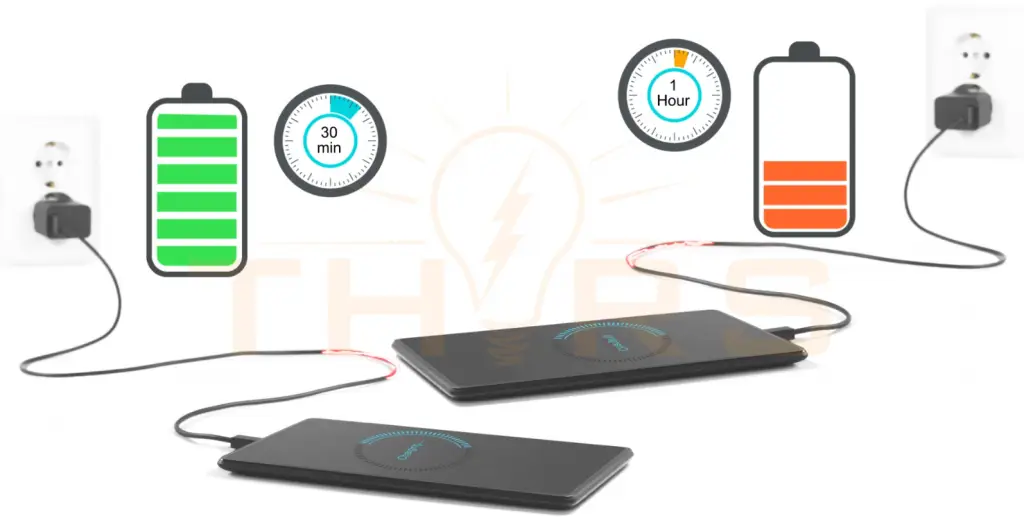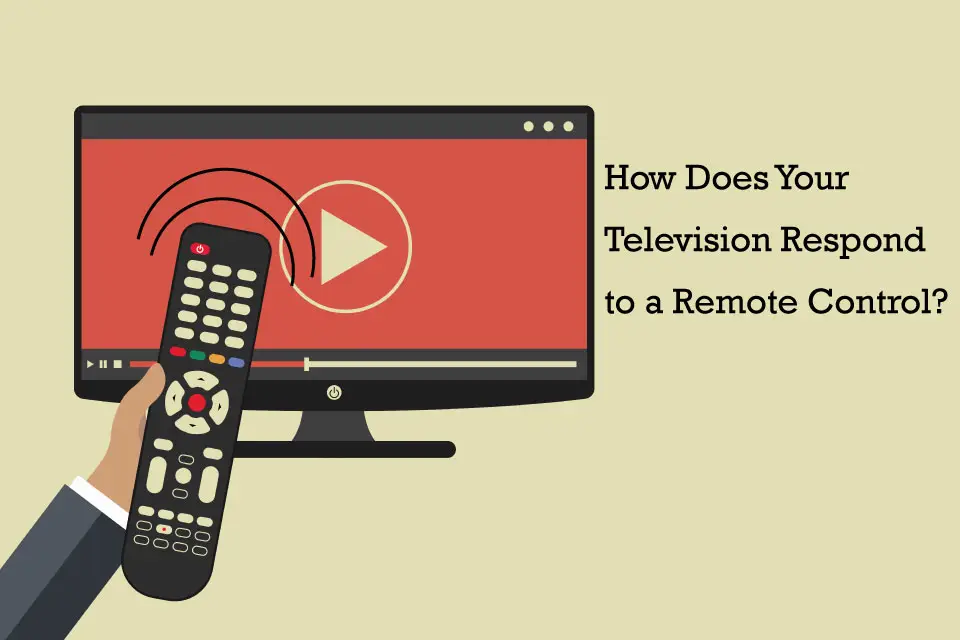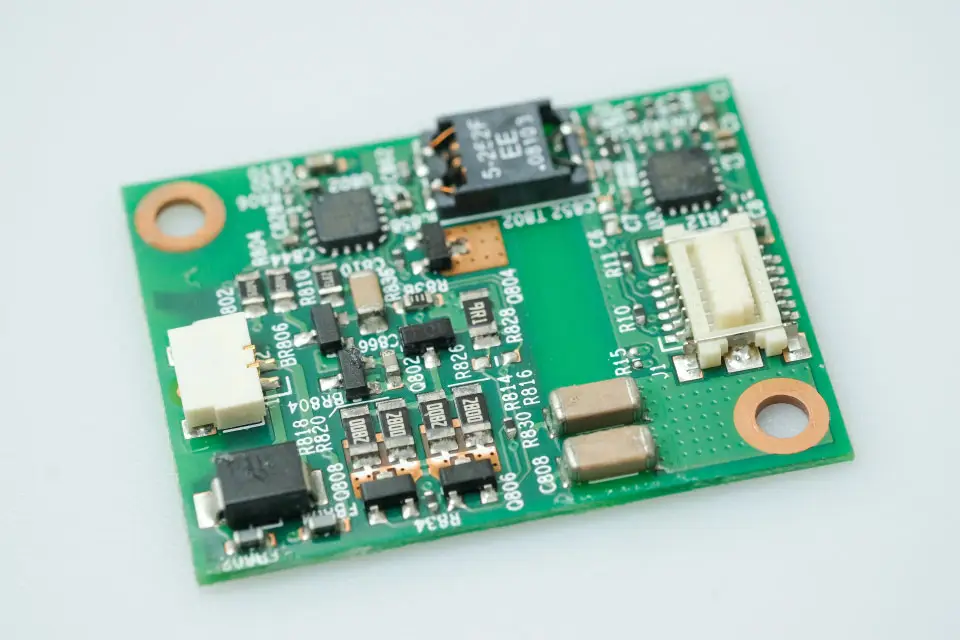You are probably aware that a fast or slow charging speed causes your lithium-ion battery to respond differently. While fast charging your smartphone, laptop, or electric vehicle offers the convenience of shorter charge times, it also presents challenges to battery health , performance, safety, and longevity. Slow charging is gentler on the battery and minimizes potential issues, but it takes longer. So should you always avoid fast charging? Not necessarily. The ideal approach is to balance charge rate with battery health and longevity. Read on to understand these factors so you can make the decision that is right for you and your device.
What factors affect charging performance ?
Temperature:
Low Temperature: Low temperatures hinder the diffusion of lithium ions and promote lithium plating, leading to faster degradation.
High Temperature: While higher temperatures can improve reaction kinetics, they also accelerate degradation processes and the growth of the SEI layer. The optimal temperature range is typically between 25-40 °C.
C-rate:
The C-rate refers to the rate at which a battery is charged or discharged. Higher C-rates mean faster charging but also increased stress and heat generation.
Cooling Conditions:
Sufficient cooling during fast charging is essential to prevent excessive heat buildup. Forced convection cooling is more effective than natural convection in removing heat and preventing battery failures.
Electrode Design:
Particle Size: Smaller particles can reduce lithium diffusion distances, improving fast-charging capability. However, they may also increase degradation due to a higher surface area.
Electrode Thickness and Porosity: Thinner electrodes with optimized porosity can facilitate faster ion transport.
Review this video to gain a better understanding of how a lithium-ion battery is charged:
What happens to your lithium-ion battery during fast charging?
The impact of the following factors can typically be tracked, for instance with an ap on your phone, and you might have options to make adjustments in order to improve battery performance. These include:
Capacity Retention Drop: Fast charging accelerates capacity fade. For example, a battery charged at 4C experienced a capacity retention drop to 67.3% after 10 cycles, whereas a 2C charge resulted in only a 2.1% capacity fade after 20 cycles.
Heat Generation: Fast charging generates more heat compared to slow charging, which can actually accelerate degradation. Higher C-rates result in higher peak temperatures. High current densities during fast charging can lead to increased polarization at the electrode or electrolyte interface. Polarization is overpotential which hinders the electrochemical reactions and leads to capacity loss and heat generation.
Degradation: Fast charging can cause significant degradation, or decline, of the battery, compromising the electrochemical performance, including capacity and power output. It can also lead to safety issues.
Venting: Fast charging can cause rapid gassing, leading to direct venting, which is the release of gases and depressurization.
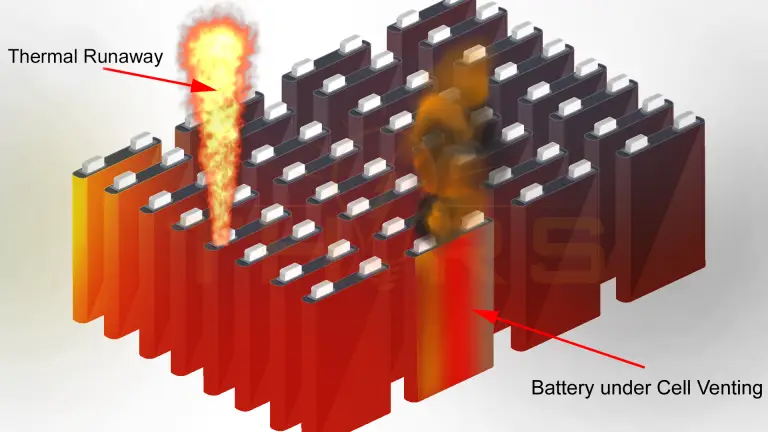
The following impacts are not visibly noticed or tracked with any ap, but can occur over time:
Electrode Damage: Fast charging can cause cracking of cathode particles and accelerate the growth of the Solid Electrolyte Interphase (SEI) layer.
Lithium Plating: Fast charging can induce lithium plating on the anode. This occurs when lithium ions cannot intercalate into the anode quickly enough, leading to the formation of metallic lithium on the anode surface. Lithium plating can cause capacity loss, increase internal resistance, and pose safety risks. The reaction between plated lithium and electrolyte generates heat and gas, potentially leading to early venting or thermal runaway. Lithium plating is more likely to occur at low temperatures due to reduced ion diffusion.
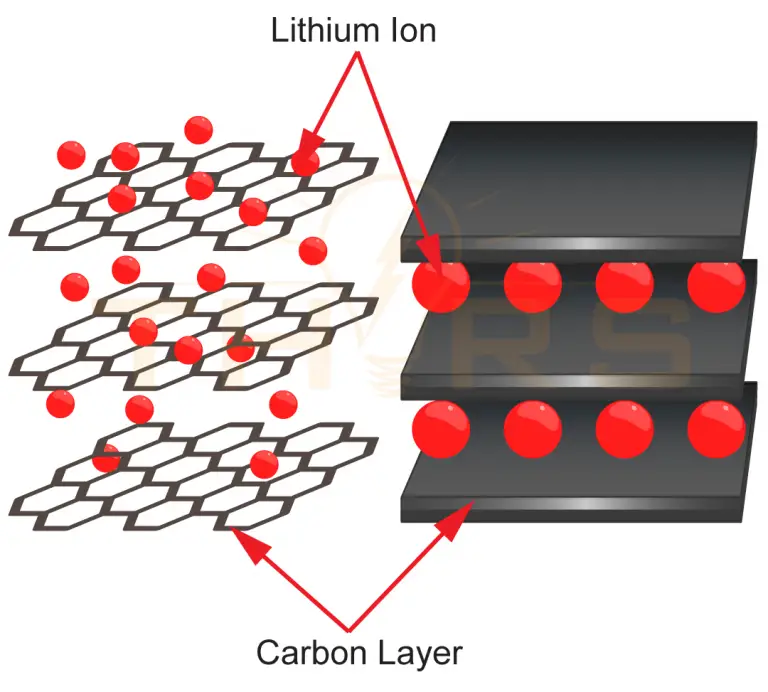
What happens to your lithium-ion battery during slow charging ?
Improved Capacity Retention: Lower C-rates can help minimize capacity fade. For example, 1C cycling resulted in negligible degradation within 20 cycles, whereas 4C charging resulted in a 30% capacity fade in only 10 cycles.
Lower Temperatures: Slower charging generates less heat, reducing the risk of thermal issues.
Less Degradation: Slow charging generally causes less degradation and stress on the battery.
Reduced Lithium Plating: Slow charging reduces the likelihood of lithium plating, as it allows lithium ions to intercalate into the anode more effectively.
Longer Charging Time: The main disadvantage of slow charging is the increased time it takes to fully charge the battery.
What strategies are being used in the lithium-ion battery industry to improve your battery charging experience?
Advanced Materials: The development of new materials with faster lithium-ion diffusion and lower overpotentials can enable faster charging. Examples include materials with low diffusion barriers, high electronic conductivity, and optimized particle morphology.
Modified Charging Protocols: Innovative charging methods such as pulsed current charging, tapered current, and exponential current techniques have been studied to reduce polarization and enhance charging performance. These methods allow for faster charging while minimizing degradation and heat generation. Pulsed current charging involves applying current in pulses rather than a constant current. Different pulsed current modes, such as positive pulsed current (PPC), negative pulsed current (NPC), and Multistage Constant Current Charging (MSCC) modes, can impact battery performance differently.
Thermal Management Systems (TMS): Efficient TMS is crucial for removing heat generated during fast charging, especially at high ambient temperatures. This can include liquid cooling and phase change materials.
Dual Gradient Electrodes: Electrodes with a gradient structure, where particle size and porosity vary across the electrode thickness, can facilitate lithium-ion transport and improve fast-charging performance.
The use of advanced materials, optimized electrode designs, modified charging protocols, and effective thermal management systems can mitigate the negative effects of fast charging and improve overall battery performance. For example, preheating batteries prior to fast charging, especially at low temperatures, can help minimize lithium plating.
In addition to learning more about the effects of choosing a fast or slow charging speed, are you interested in other topics regarding your lithium-ion battery? Click here for a collection of courses and blogs from THORS.
